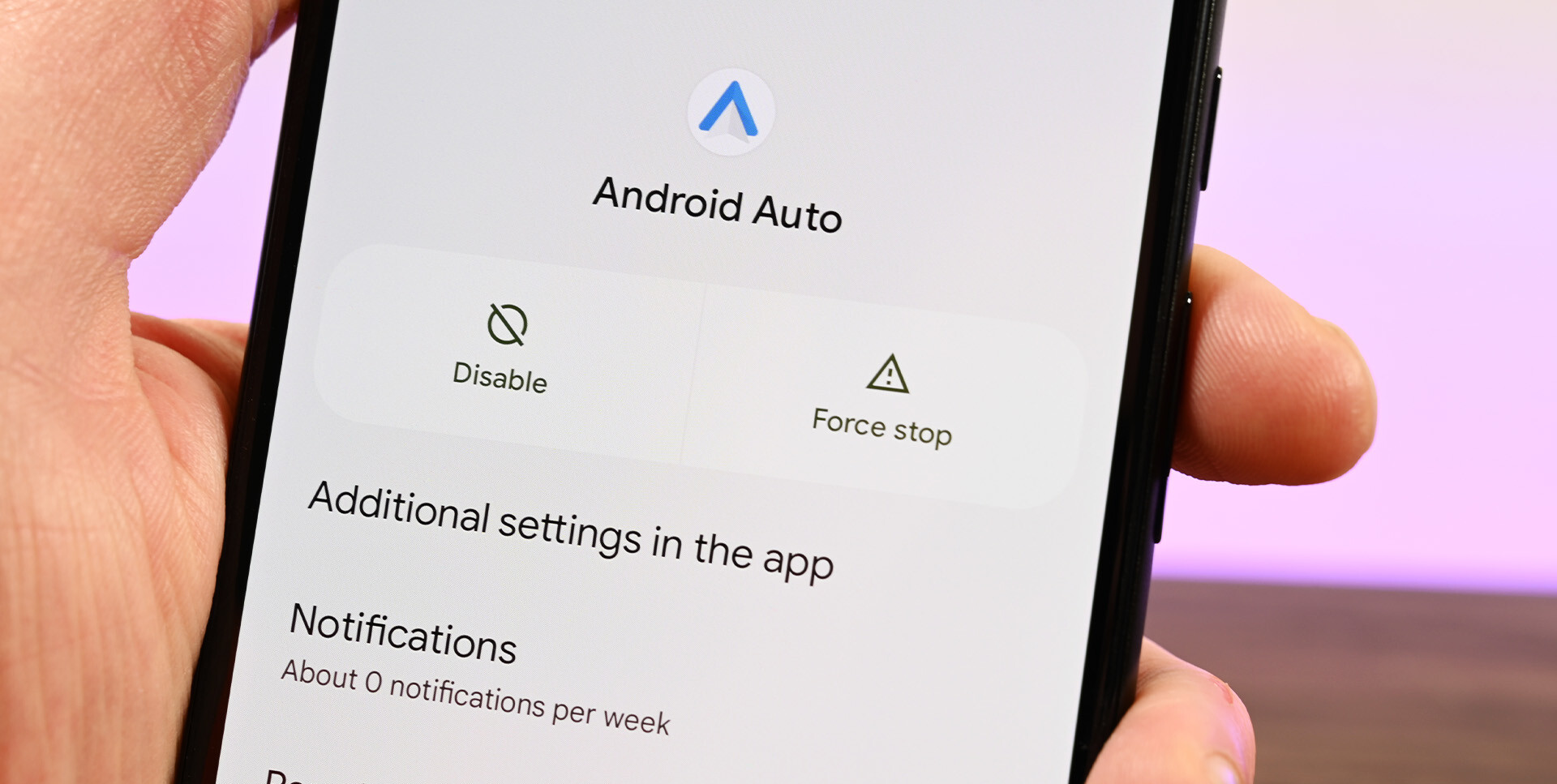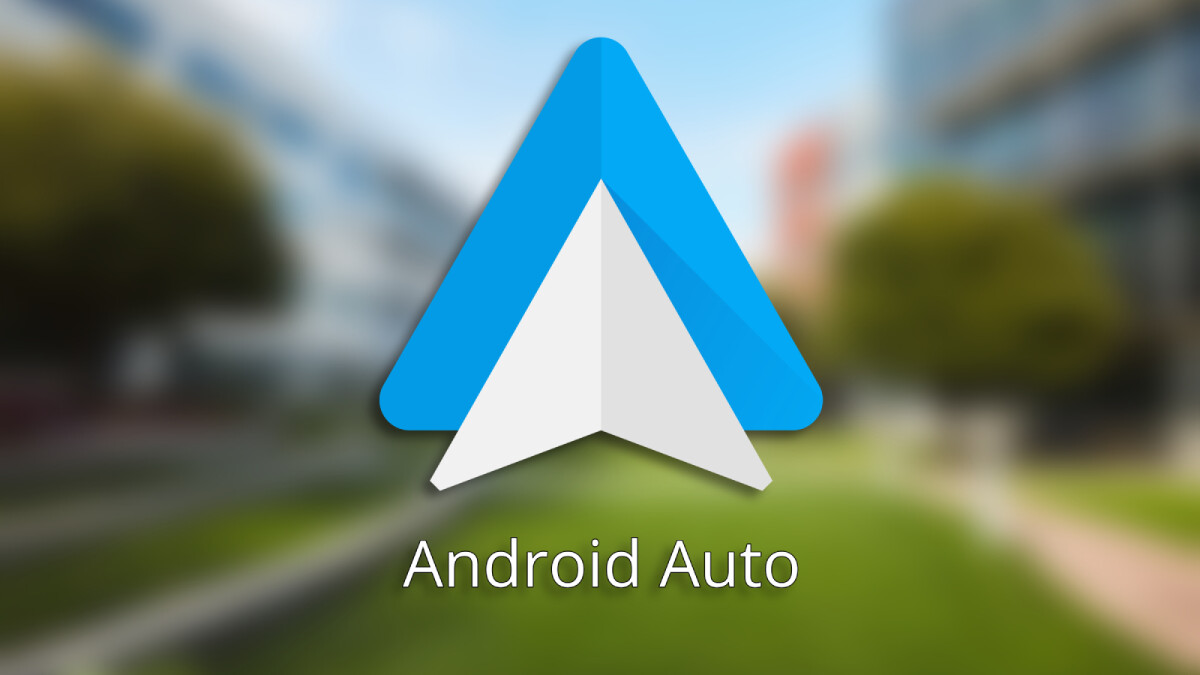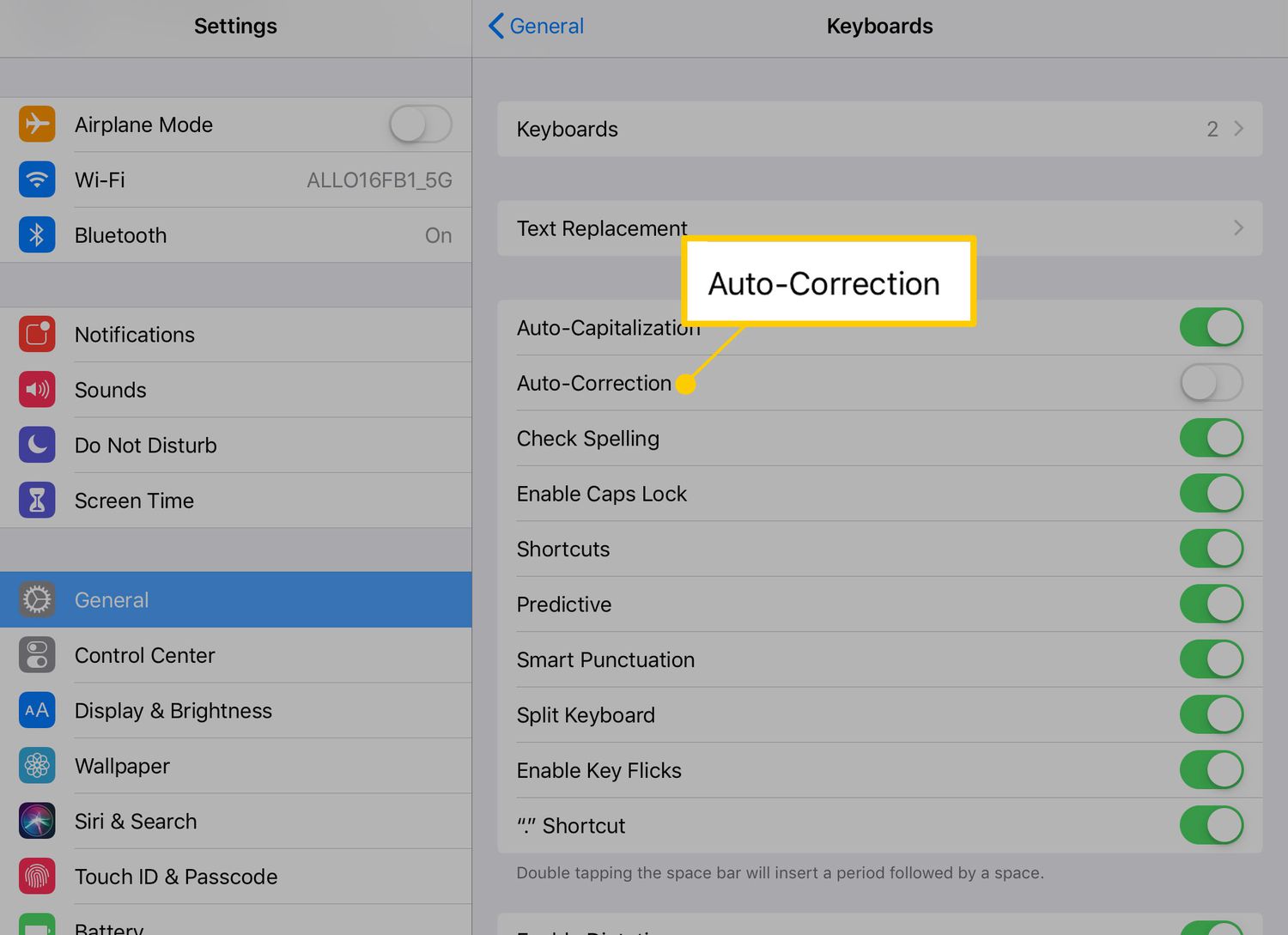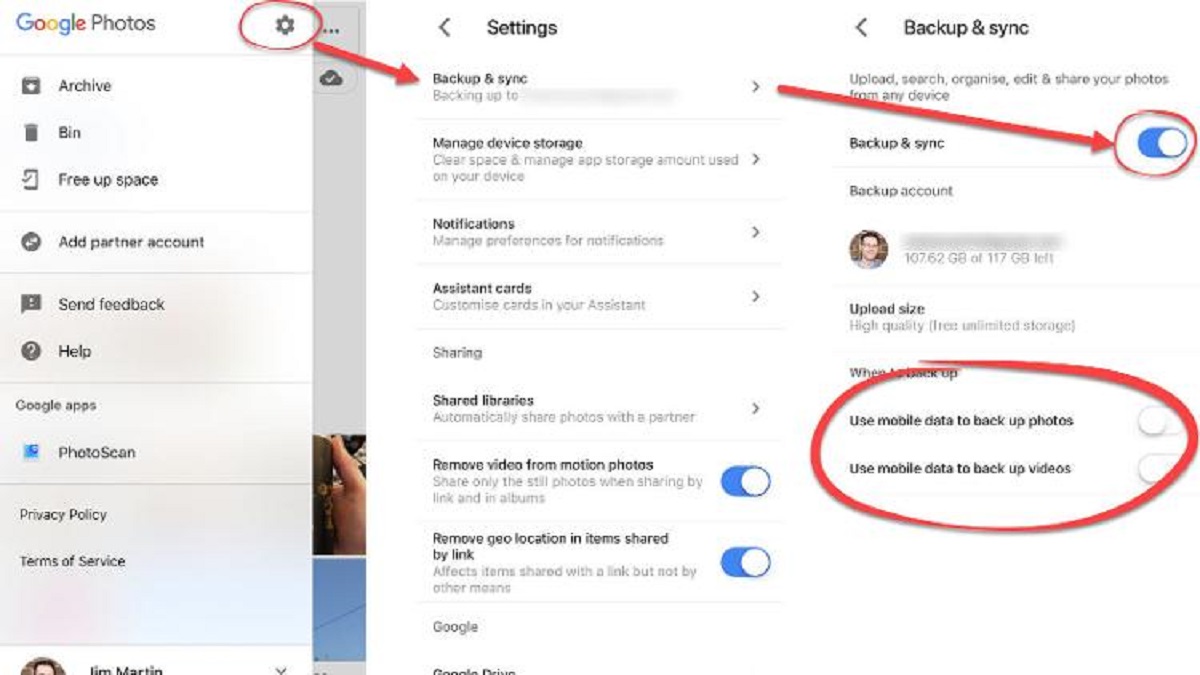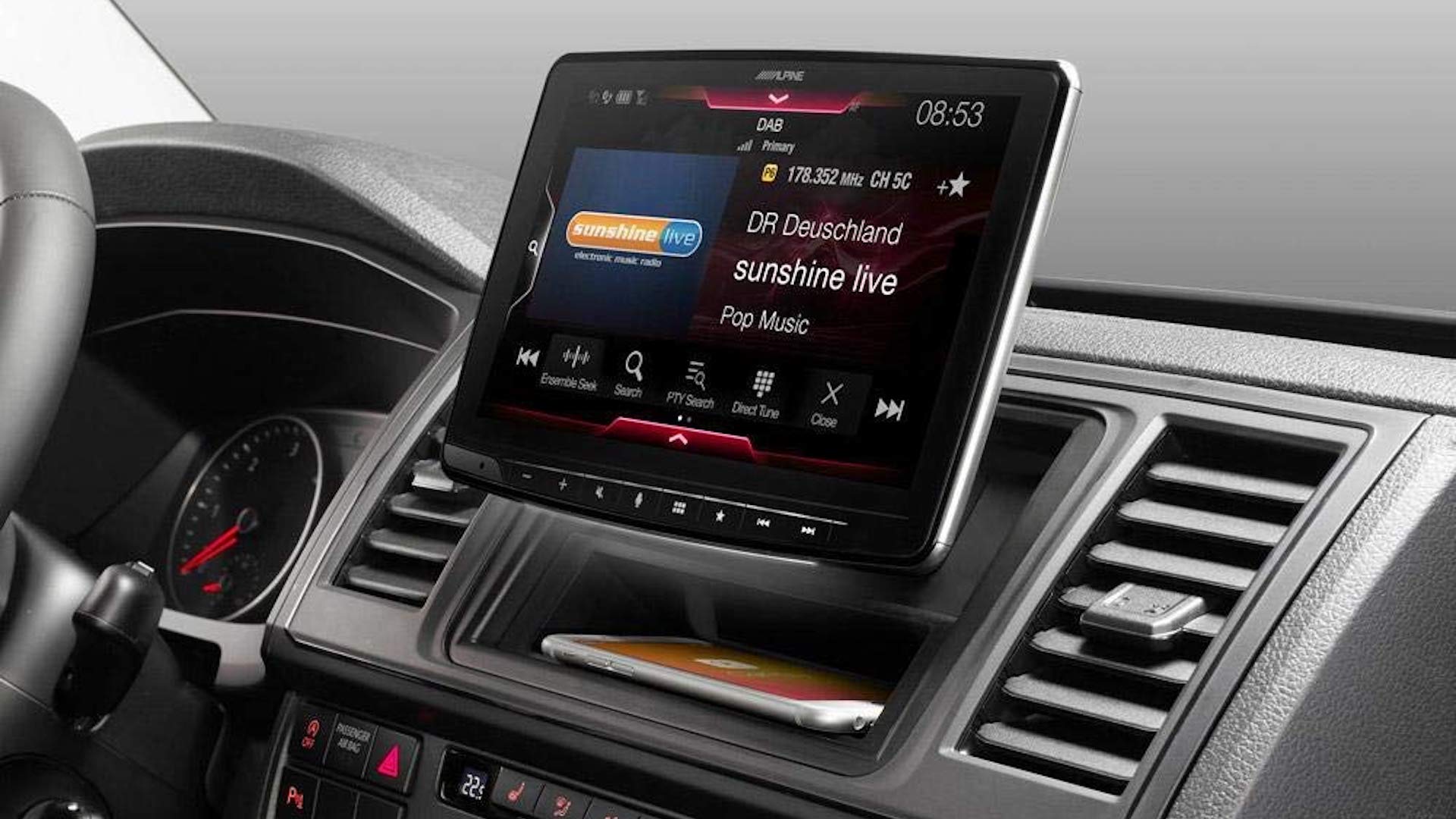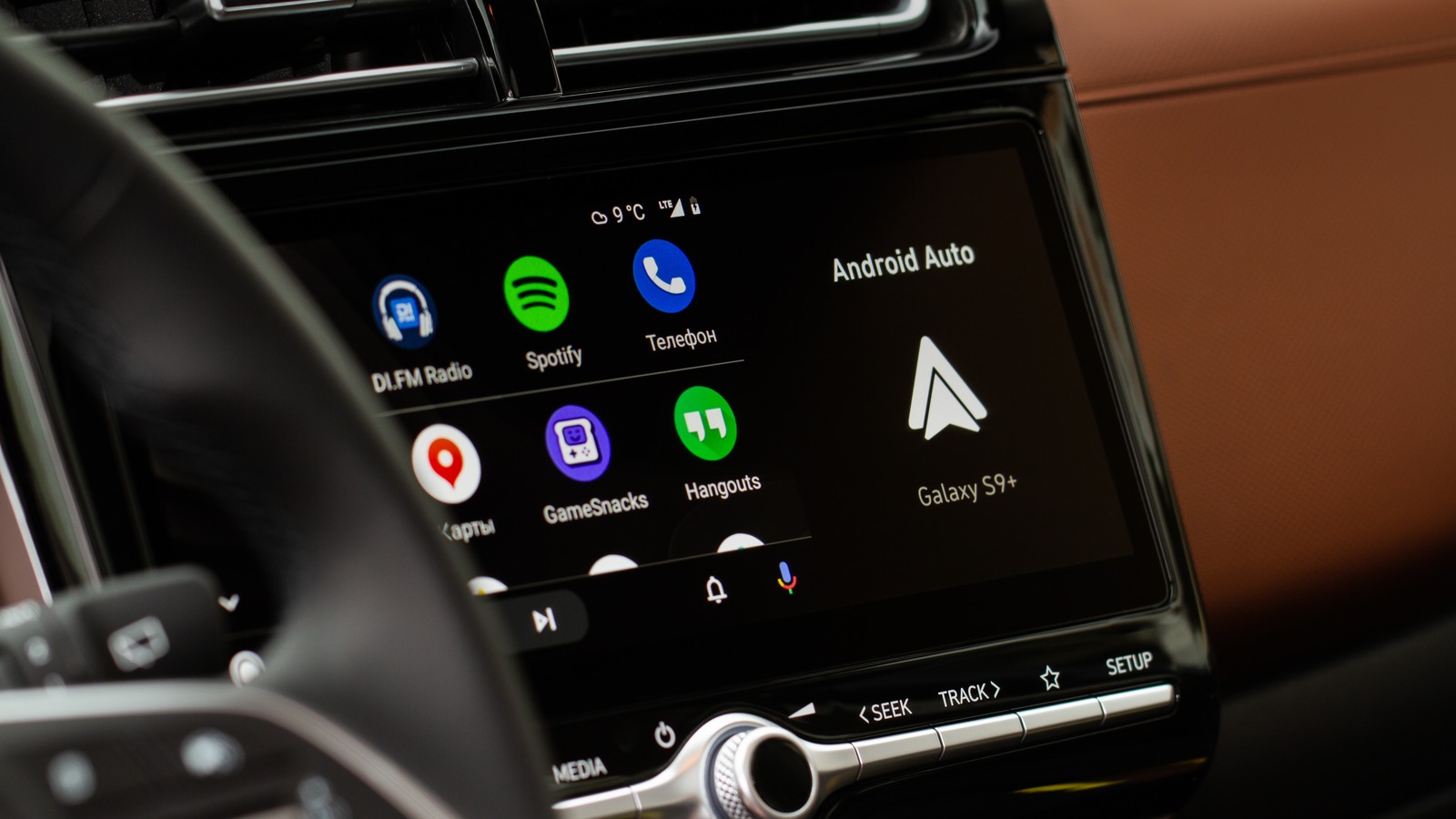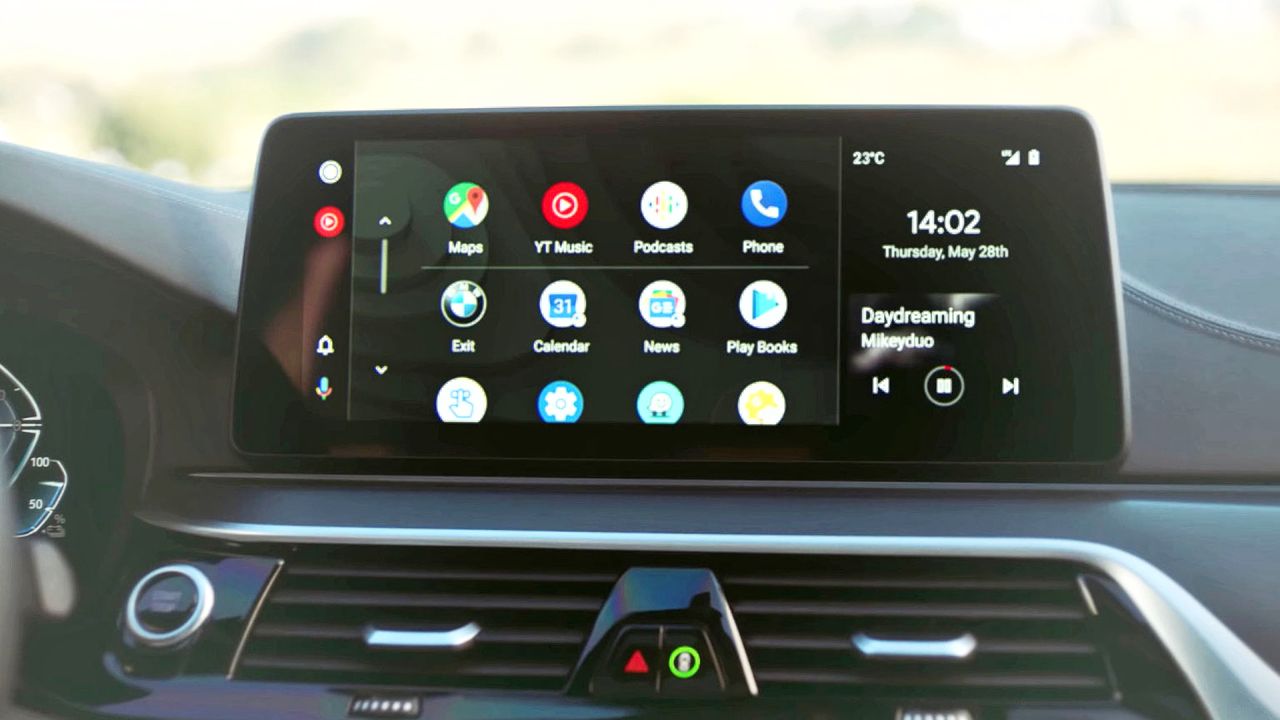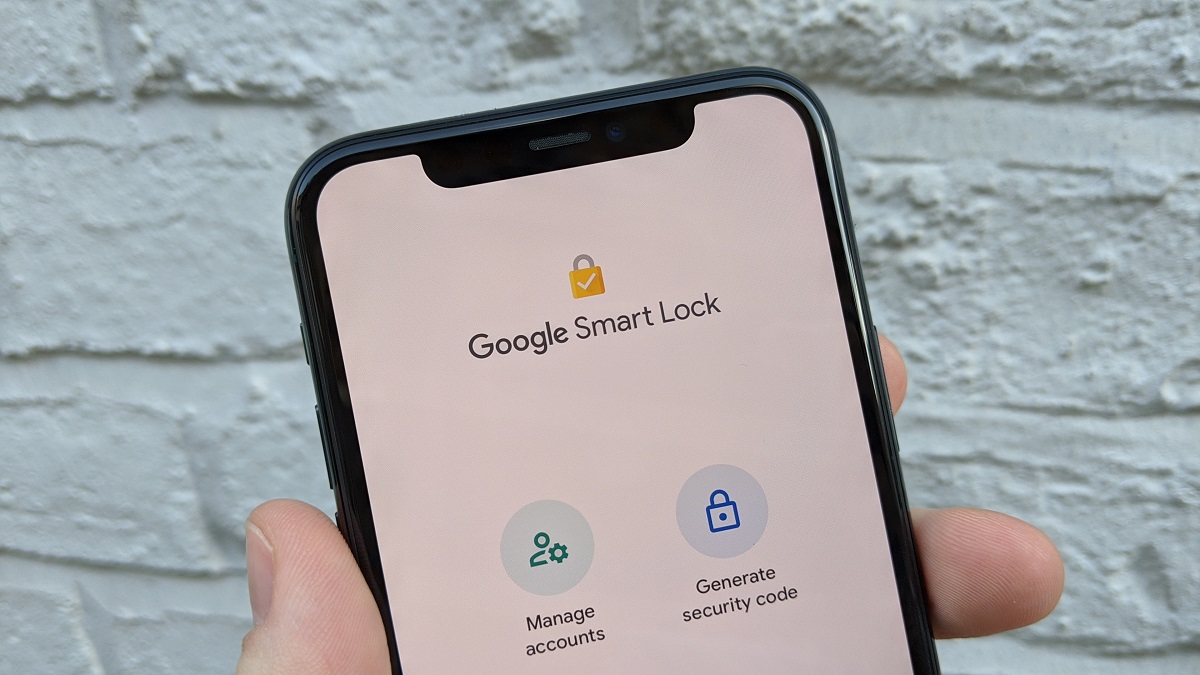Introduction
Welcome to the world of Android Auto, a convenient and innovative system that allows you to seamlessly integrate your Android smartphone with your car’s infotainment system. With Android Auto, you can access your favorite apps, make hands-free calls, send text messages, get directions, and enjoy your favorite music, all while keeping your focus on the road.
While Android Auto provides a multitude of benefits, there may be times when you want to temporarily or permanently turn it off. Whether you’re experiencing issues with the system or simply prefer to use your car’s native features, this article will guide you through several methods to disable Android Auto.
Before we delve into the different methods, it’s important to note that the steps may vary slightly based on your phone model, car make and model, and the version of Android Auto you’re using. However, the general principles should apply across most Android devices and cars.
Now, let’s explore the various ways you can turn off Android Auto and regain control over your car’s infotainment system.
What is Android Auto?
Android Auto is a specialized software platform developed by Google that allows users to integrate their Android smartphones with their car’s infotainment system. By connecting your phone to the car’s control panel through a USB cable or wirelessly, Android Auto enhances the in-car experience by providing a safe and convenient way to access various features of your Android device while driving.
With Android Auto, you can navigate through a simplified and driver-friendly interface on your car’s display, making it easier to access essential functions without distractions. The platform offers a wide range of features and functionalities, including:
- Navigation: Android Auto uses Google Maps to provide turn-by-turn directions, real-time traffic updates, and voice-guided navigation, helping you reach your destination with ease.
- Communication: You can make and receive calls, send and receive text messages, and access your contacts list hands-free. Android Auto’s voice recognition technology allows for convenient and safe communication on the road.
- Entertainment: You can enjoy your favorite music, podcasts, audiobooks, and other media apps through Android Auto. Popular apps like Spotify, Pandora, and Google Play Music are compatible with the platform.
- Voice Commands: Android Auto supports voice commands through the “Ok Google” activation phrase. You can perform various functions, such as making calls, sending text messages, and controlling media playback, by simply using your voice.
- App Integration: Android Auto integrates with a variety of third-party apps, extending its functionality beyond the default features. From messaging services to music streaming apps, you can customize your Android Auto experience to fit your needs.
By combining the power of your Android device with your car’s infotainment system, Android Auto offers a seamless and intuitive user experience that prioritizes safety and simplicity while on the road.
Why would you want to turn off Android Auto?
While Android Auto provides numerous benefits and enhances the driving experience, there are several reasons why you may want to turn it off temporarily or permanently:
- Preference for native features: Some individuals may have a personal preference for using their car’s native infotainment system. Whether it’s accessing specific features or navigating a different user interface, turning off Android Auto allows you to revert back to the original system.
- Conserving battery life: Using Android Auto can drain your phone’s battery more quickly, especially if you have multiple apps running simultaneously. If you’re on a long road trip or don’t have access to a charging source, turning off Android Auto can help preserve your phone’s battery life.
- Bluetooth connectivity issues: Some users have reported Bluetooth connectivity issues when using Android Auto. If your phone fails to connect or drops the connection frequently, disabling Android Auto can help troubleshoot and resolve these connectivity problems.
- Interruptions from notifications: Android Auto allows you to receive and respond to notifications while driving, but they can sometimes be distracting. If you prefer to stay focused solely on the road without any notifications popping up, turning off Android Auto can eliminate these distractions.
- Compatibility issues: Although Android Auto is widely supported, there may be cases where certain car models or phone manufacturers encounter compatibility issues. If you find that Android Auto is not functioning correctly or causing glitches, disabling it can help resolve these compatibility problems.
- Troubleshooting purposes: If you’re experiencing any technical issues related to Android Auto, turning it off temporarily can serve as a troubleshooting step. By restarting your phone or car’s infotainment system, you can potentially resolve any software or connectivity problems.
It’s important to note that you can always re-enable Android Auto whenever you decide to use it again. Whether you want to switch back to the convenience of the platform or simply troubleshoot any issues, the ability to turn off Android Auto provides you with flexibility and control over your in-car experience.
Method 1: Disconnecting your phone from your car
If you wish to temporarily disable Android Auto and disconnect your phone from your car’s infotainment system, you can follow these simple steps:
- Unlock your phone and access the home screen.
- Swipe down from the top of the screen to open the notification panel.
- Look for the Android Auto notification and tap on it to open the Android Auto settings.
- In the Android Auto settings, you should see a “Disconnect” or “Disconnect from car” option. Tap on it.
- Your phone will now disconnect from the car’s infotainment system and exit Android Auto mode.
Once you have disconnected your phone, Android Auto will no longer be active, and you can use your car’s native features without any integration with your Android device.
It’s worth noting that this method only temporarily disables Android Auto and disconnects your phone. If you wish to use Android Auto again in the future, simply reconnect your phone to your car using the appropriate cable or wireless connection and follow the prompts to enable Android Auto.
This method is particularly useful if you want to switch back to your car’s native infotainment system or troubleshoot any issues you may be experiencing with Android Auto without uninstalling the app or making any permanent changes to your settings.
Method 2: Disabling Android Auto on your phone
If you want to completely disable the Android Auto feature on your phone, follow these steps to turn off the service:
- Unlock your phone and access the home screen.
- Go to the Settings app on your Android device.
- Scroll down and tap on “Apps” or “Applications” (the name may vary based on your device).
- Look for the “Android Auto” app in the list of installed apps and tap on it.
- In the Android Auto app settings, you should see an option to “Disable” or “Turn off” the app. Tap on it.
- A confirmation message will appear. Select “Disable” to completely disable the Android Auto app on your phone.
By disabling the Android Auto app, you ensure that it no longer runs in the background or integrates with your car’s infotainment system. You won’t receive any notifications or prompts related to Android Auto, and your phone won’t automatically engage the service when connected to your car.
If you ever wish to re-enable Android Auto, follow the same steps mentioned above, but this time select “Enable” instead of “Disable.” The Android Auto app will be activated again, allowing you to use it with your car’s infotainment system.
Please note that disabling the Android Auto app on your phone does not uninstall the app or delete any data associated with it. It simply prevents the app from running and interacting with your car’s system.
This method is useful if you want to permanently disable Android Auto on your phone and ensure that it doesn’t interfere with your in-car experience or consume any system resources while not in use.
Method 3: Uninstalling the Android Auto app
If you no longer wish to use Android Auto on your phone and want to remove it completely, you can uninstall the app by following these steps:
- Unlock your phone and access the home screen.
- Locate the “Google Play Store” app and tap on it to open the app store.
- In the search bar at the top of the screen, type “Android Auto” and press Enter or tap the search icon.
- From the search results, find the “Android Auto” app developed by Google and tap on it.
- On the app page, you should see a button labeled “Uninstall.” Tap on this button to begin the uninstallation process.
- A confirmation message will appear, asking if you want to uninstall the Android Auto app. Select “OK” or “Uninstall” to proceed.
Once the uninstallation process is complete, the Android Auto app will be removed from your phone, and all associated data will be deleted. Your phone will no longer have the Android Auto functionality, and it won’t integrate with your car’s infotainment system.
If you ever decide to use Android Auto again in the future, you can re-install the app from the Google Play Store by following the same steps mentioned above, but this time selecting the “Install” or “Get” button instead of “Uninstall.”
Uninstalling the Android Auto app is a more drastic measure, as it completely removes the feature from your phone. It can be beneficial if you have no intention of using Android Auto and want to free up storage space or simplify your app collection.
Note that uninstalling the Android Auto app may not disable the platform on your car’s infotainment system if it is supported natively. You may need to refer to your car’s manual or settings to disable Android Auto on the car’s side as well.
Method 4: Disabling the Android Auto settings on your car’s infotainment system
If you want to disable Android Auto directly from your car’s infotainment system, you can follow these steps:
- Start your car and ensure that your phone is connected to the car’s infotainment system.
- Access the settings menu on your car’s infotainment system. Depending on your car model, you may need to press a dedicated “Settings” button or navigate through a touchscreen interface.
- Look for the “Android Auto” option in the settings menu. It may be located under a “Connectivity” or “Phone” category.
- Select the “Android Auto” option to access the settings related to Android Auto integration.
- In the Android Auto settings, you should see an option to disable or turn off Android Auto. Select this option.
- A confirmation message may appear, asking if you want to disable Android Auto. Confirm your choice to disable Android Auto on your car’s infotainment system.
By disabling the Android Auto settings on your car’s infotainment system, you ensure that your phone will no longer connect or integrate with the system when using Android Auto. This will allow you to use the native features of your car’s infotainment system instead.
If you ever want to re-enable Android Auto, follow the same steps mentioned above, but this time select the option to enable or turn on Android Auto on your car’s infotainment system.
Please note that the process may vary depending on your car’s make and model. Refer to your car’s manual or contact the manufacturer for specific instructions on disabling Android Auto on your car’s infotainment system.
Disabling the Android Auto settings on your car’s infotainment system is useful if you want to easily switch between using Android Auto and your car’s native features without having to disconnect or uninstall anything from your phone.
Method 5: Troubleshooting common issues
While Android Auto is designed to provide a seamless experience, you may encounter occasional issues or disruptions. In such cases, troubleshooting can help resolve the problem. Here are some common issues and troubleshooting steps to try:
- Connection issues: If your phone fails to connect to your car’s infotainment system or disconnects frequently, try the following:
- Restart your phone and car.
- Ensure that your phone and car are running the latest software updates.
- Check the USB cable or wireless connection for any damage or loose connections.
- Experiment with different USB ports or try a different cable or wireless device.
- App compatibility issues: If you’re experiencing issues with a specific app not working correctly with Android Auto, try these steps:
- Ensure that the app is updated to the latest version.
- Clear the cache and data of the app from the settings on your phone.
- Uninstall and reinstall the app.
- Check if the app is officially supported by Android Auto.
- Audio issues: If you’re facing problems with audio playback through Android Auto, try the following:
- Ensure that the volume on both your phone and car’s infotainment system is turned up.
- Verify that the audio cable (if applicable) is securely connected.
- Check the audio settings in the Android Auto app and your car’s infotainment system.
- Restart your phone and car, and try a different audio source.
- Screen freezing or unresponsiveness: If the Android Auto interface becomes unresponsive or freezes, try these steps:
- Disconnect and reconnect your phone to the car’s infotainment system.
- Restart your phone and car.
- Ensure that your phone has sufficient available storage space.
- Clear the cache and data of the Android Auto app on your phone.
If the above troubleshooting steps don’t resolve your issue, it’s recommended to consult your car’s manual, contact the car manufacturer’s support, or reach out to the Android Auto community for further assistance.
Remember to provide specific details about the issue, including your phone model, car make and model, and any error messages you may be receiving. This will help experts provide more targeted troubleshooting advice.
By troubleshooting common issues, you can often resolve problems with Android Auto and ensure a smooth and satisfying experience while using the platform.
Conclusion
Android Auto is a powerful tool that allows you to seamlessly integrate your Android smartphone with your car’s infotainment system. Whether you want to access navigation, make hands-free calls, control music playback, or use other compatible apps, Android Auto enhances your driving experience by keeping you connected while prioritizing safety.
In this article, we explored several methods to turn off Android Auto. You can disconnect your phone from your car, disable the Android Auto app on your phone, uninstall the app completely, or disable the Android Auto settings on your car’s infotainment system. Each method offers a different level of control and flexibility depending on your preferences and needs.
It’s important to note that turning off or disabling Android Auto is not a permanent decision. You can always re-enable it in the future if you decide to use it again or troubleshoot any issues you may encounter.
If you choose to disable or uninstall Android Auto, it’s worth considering alternative options to fulfill your in-car entertainment and communication needs. Your car’s native infotainment system may have similar features that you can utilize, or you can explore other third-party solutions that suit your preferences.
Remember, Android Auto is constantly evolving, with new features and updates being released regularly. It’s always a good idea to stay up-to-date with the latest software updates for your phone, car, and Android Auto app to ensure optimal performance and compatibility.
We hope this article has provided you with valuable insights and guidance on how to turn off Android Auto. Whether it’s for personal preference, troubleshooting, or conserving battery life, the ability to disable Android Auto gives you the flexibility to tailor your in-car experience according to your needs.







